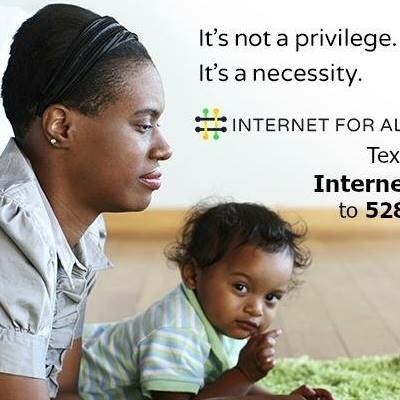In 2007, my wife Emma Hernandez and I finished graduate degrees at University of Kansas and decided to head home and open a bilingual computer training and digital literacy center in Southeast Los Angeles.
The idea was simple: connect the thousands of people offline to the Internet and make sure they have access to affordable computers and broadband, so they won’t be further disadvantaged from education and job opportunities.
Over the years, I have seen the effects of this approach. The Southeast Community Development Corporation has educated more than 4,000 children and adults in digital literacy skills, connected 2,500 people to broadband at home, sold 500 affordable and often refurbished computers and established 12 computer centers throughout Los Angeles.
We have helped kids do their homework, adults get jobs and seniors connect to health services. We are now also focused on teaching advanced computer skills and providing training in robotics, programming, refurbishment and e-waste.
Some have argued that our work should be handled by public libraries or schools. But there are just too many people in our area — many of whom are low-income and Spanish speaking — who are not well served by those institutions due to underfunding. Indeed, a 2016 California broadband survey conducted by the Field Poll found that among the state’s Spanish-speaking Latinos, only 39 percent connect to the Internet through a home-computing device. Those folks may be smartphone literate, but when it comes to higher Internet skills they are being left behind.
Some examples: Recently, a family of four walked through our doors very distressed. The mother and father had been informed by the landlord of their Section 8 housing that their apartment building was being converted and they had 60 days to move out.
The landlord gave them a web address, which he said contained apartment listings, but the couple didn’t have a computer or Internet at home and they didn’t know how to search online. Our technology center staff taught them to search listings and they discovered they had more housing options than they previously thought, giving them a greater sense of control over their lives.
Or take the example of a factory worker in his late 50s who walked through our doors in need of basic computer help. He has landed a job with a local manufacturing company and the last step of the application was beyond him: filling out an online form — something he had never done. We set him up with a computer and walked him through the process. We also showed him websites that listed similar jobs, should he want to consider other opportunities. His eyes were opened to new possibilities.
Or take the example of a mother of four, who stumbled upon the Southeast Community Development Corporation Technology Center after spending $6 printing out her child’s homework at Kinkos, a fee that was bad for her budget. We gave her son unlimited free time to finish his school assignment and charged his mother 10 cents to print out his report. She now brings all of her children to our technology center, so they can properly finish and submit their homework.
Many people, including some of our elected officials, do not know that half of low-income, urban Californians are disconnected from the Internet, do not have computers at home and lack basic digital literacy skills. Even fewer understand the crucial role community-based organizations play to close the digital divide.
But if they want to ensure educational and economic opportunities for all, they must understand this reality. And then they must put power to action and support the Internet For All Now Act.
AB 1665, which has been introduced to the Legislature by Assemblyman Eduardo Garcia with the support of 11 other legislators, largely calls for support of broadband infrastructure in California’s rural and remote areas. A portion of it, however, demands support for community-based organizations, which are making sure that 21st-century skills and technology are available to all.
Cesar Zaldivar-Motts is executive director of the Southeast Community Development Corporation. He also serves on the boards of directors of several community organizations in Southeast Los Angeles County.

